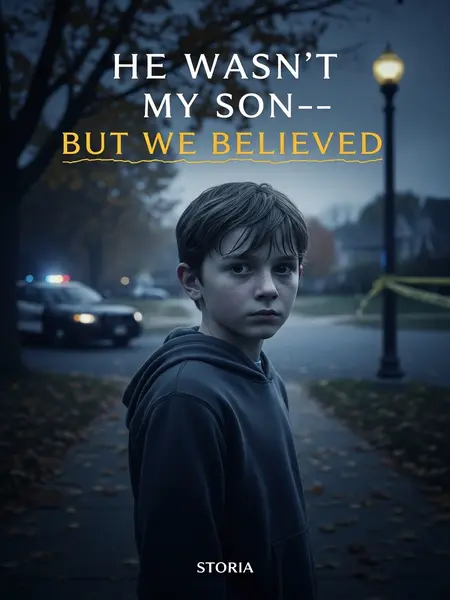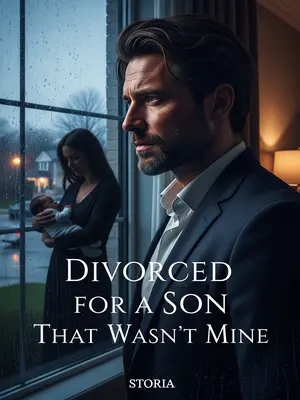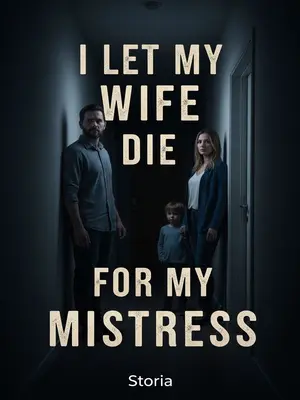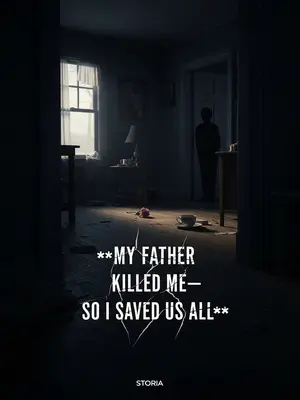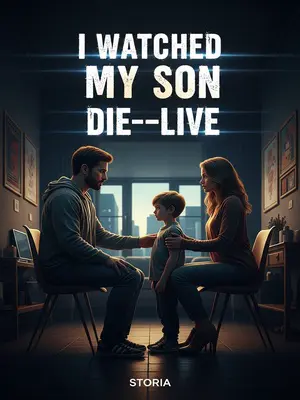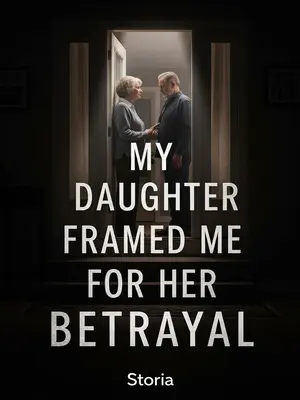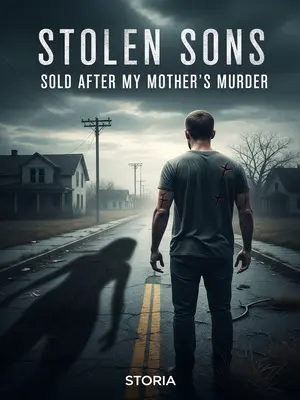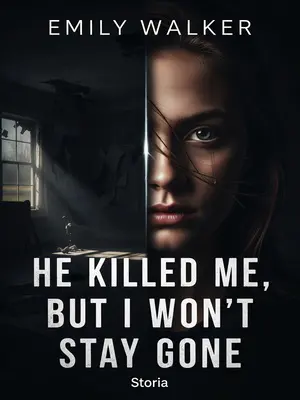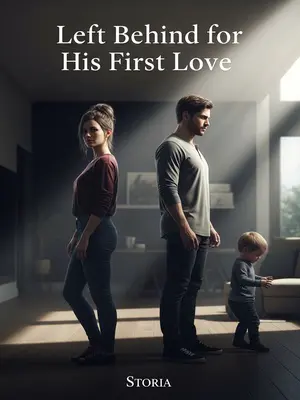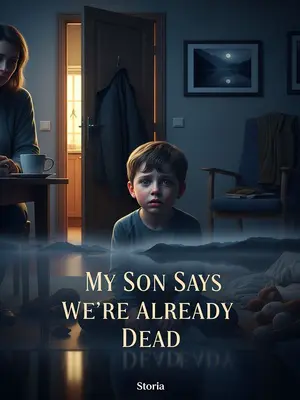Chapter 1: Gone in the Texas Dusk
You ever hear a story that crawls under your skin and stays there? Picture this: a Texas dusk, the air thick and humming with cicadas, and a 13-year-old boy—Nathaniel Brooks—just disappears. One minute, he’s trudging home from school, backpack bouncing against his side, maybe the scent of cut grass in the air. The next? Gone. No footprints in the dust, no echo of sneakers on the blacktop. Just a sudden, aching absence, sharp as the hush after a storm.
It was the kind of vanishing that sent a shiver through every porch-lit street in town. The kind of thing that had folks double-checking locks and letting the porch lights burn late, casting long shadows across the cracked sidewalks. Nate’s face was everywhere—on flyers taped to telephone poles, on the evening news, in the wary glances traded in the cereal aisle. Nobody saw a thing. As if the Texas air had swallowed him whole. Headlines screamed, whispers tangled through the aisles of Piggly Wiggly, and the whole community felt the world tilt sideways for a while.
People started talking. Some said he’d been snatched by men in black—government types, the kind you see in movies, always lurking at the edge of the frame. Others swore it was something darker, something you didn’t name out loud. You heard it in the way folks’ voices dropped: “They say he was kidnapped, maybe by the government, maybe by people who did things you can’t even imagine.” The rumors twisted, grew teeth. Nobody knew for sure. But every time someone mentioned it, you saw the fear flicker in their eyes.
The stories got wilder with every retelling—cartel hit, government cover-up, men in dark suits whisking him away for secrets nobody could guess. Some folks started avoiding the topic altogether, like it might bring bad luck. Others leaned in, hungry for the next detail. But as the months dragged on, Nate’s name started to sound less like a memory and more like something you whispered to scare the kids. A ghost story, rattling around in the dark.
You heard it everywhere—hushed voices in the barbershop, talk radio hosts with that knowing edge: “They say the boy was used for human experimentation.” The words hung in the air, heavy and cold. Nobody laughed. Not really.
Stories spun out of control—secret labs, syringes, experiments that sounded ripped from the wildest conspiracy podcasts. People shook their heads, but you could see the details stuck with them. Sometimes, late at night, you wondered: What if it was true? What if the world was that cruel?
Then, three years later, out of nowhere, the boy turned up. Not in Texas. Not even in the same hemisphere. Madrid, Spain. He was taller, leaner, his eyes shadowed in a way that made people uneasy. He looked like someone who’d lived a hundred years in just three.
Like he’d fallen out of the sky, there he was—standing on a Spanish sidewalk, blinking in the sun. Madrid. A city as far from those dusty Texas roads as you could get, in every sense. He moved different, spoke different, and when he looked at you—well, it was enough to make even the most hopeful folks pause. Something was off. You could feel it.
Even his hair and eyes were different now. Like, seriously—how does that happen? Sandy-haired, green-eyed Nate, now suddenly blonde and blue-eyed? You had to wonder. Was it even possible?
Neighbors remembered the kid with the cowlick and the crooked grin. Sandy hair, green eyes, always barefoot in summer. Now, staring at this stranger—blonde, blue-eyed—they saw a smile that was almost right, but not quite. It made people squint, searching for the boy they used to know. The resemblance tugged at something deep, but the differences… those were impossible to ignore. It was enough to make you doubt your own memory.
The family was overjoyed, sure. But then, just when you thought things were settling down, the story took a hard left. Like a punch you didn’t see coming.
There were hugs, tears, and a homecoming that had the news vans parked out front before sunset. But just when relief started to seep in, everything twisted again. New questions. Odd gaps in the story. A feeling like the truth was still crouching in the shadows, just out of reach. Folks stopped talking about closure and started talking about cover-ups.
Next thing you knew, the case wasn’t just about a missing kid. There was talk of murder, kidnapping, even fraud. People started wondering if they’d ever really known the truth at all.
The whole thing blew up—detectives, reporters, even armchair sleuths on the internet all clamoring for a piece of the puzzle. Everyone wanted in. Every day brought a new headline, a new twist, a new theory that made the last one look tame.
A real-life mystery—one with more wild turns than any Dateline special you’d ever watched. Folks couldn’t get enough. It was all anyone talked about.
